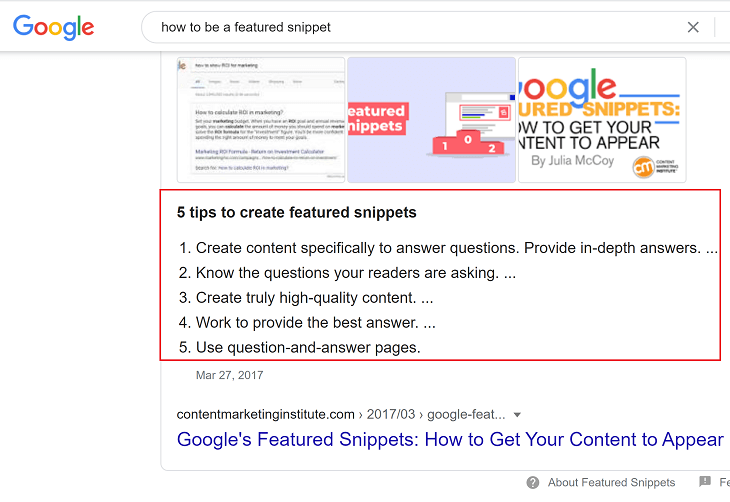
Writing for an online audience can be a unique challenge because your readers expect their questions to be answered in a concise manner. Your audience has other tasks they need to complete besides reading your article, so getting to the point quickly is more likely to leave you with satisfied readers. To that end, changing up your content format within your blog post or article can be key to keeping your readers engaged. In this article, we will go over keeping your writing short and sweet, when and why to use bullet points, and why tables are important.
Keep it Concise
Your readers’ time is limited and valuable. They came to your article to find answers to a specific question. Your article should seek to get to the point in a timely manner, or direct your reader to subjects that might be of interest in a longer article. Headings for subsections of your article can allow your readers to skip to the space in the article that is most likely to answer their question.
Bullet Points
According to Grammarly, “there’s arguably no more useful organizational tool than the venerable bullet point.” When you include bullet points in your articles or blog posts, you break down the key information about your subject in an easy-to-read manner. People are busy and are digesting a lot of information; they want to scan before they commit. You can help them with lists or bullets. This is why many news articles now start off with a quick list of key points that the article then covers in more depth.
However, you should break up your bullets within an article rather than making an entire article one long list. “…[F]illing your page with bullet point lists will dilute their impact on readers…” says Search Engine Journal. Bulleted lists, while a useful tool, should only be one small part of your article.
Lists can also help you rank for featured snippets in Google’s search results. Featured snippets are those quotes from pages that show towards the top of Google’s first page of results. See the example featured snippet from Content Marketing Institute below.

Google’s search algorithms have been shown to favor lists as featured snippet material, so including lists in your article, both numbered and bulleted, can increase your chances at snagging one of these coveted spots.
Tables
Tables, charts, and graphics are also a useful component of breaking up your content into more readable chunks. When you want to get multiple points of a related subject matter across, but don’t want to create a giant paragraph of information to do so, a table or graph is a great solution. By using a visual with clear lines to separate facts and figures, you make your content more digestible and useful — especially to those readers who absorb information better through visual communication. Tables, like bullet lists, are also more likely to become a featured snippet, according to Ahrefs.
Would you like assistance optimizing your website’s content from the team at Aronson Advertising? Contact us by phone at (847) 297-1700 to learn how our digital content marketing strategies can benefit your business and help your online traffic grow.
